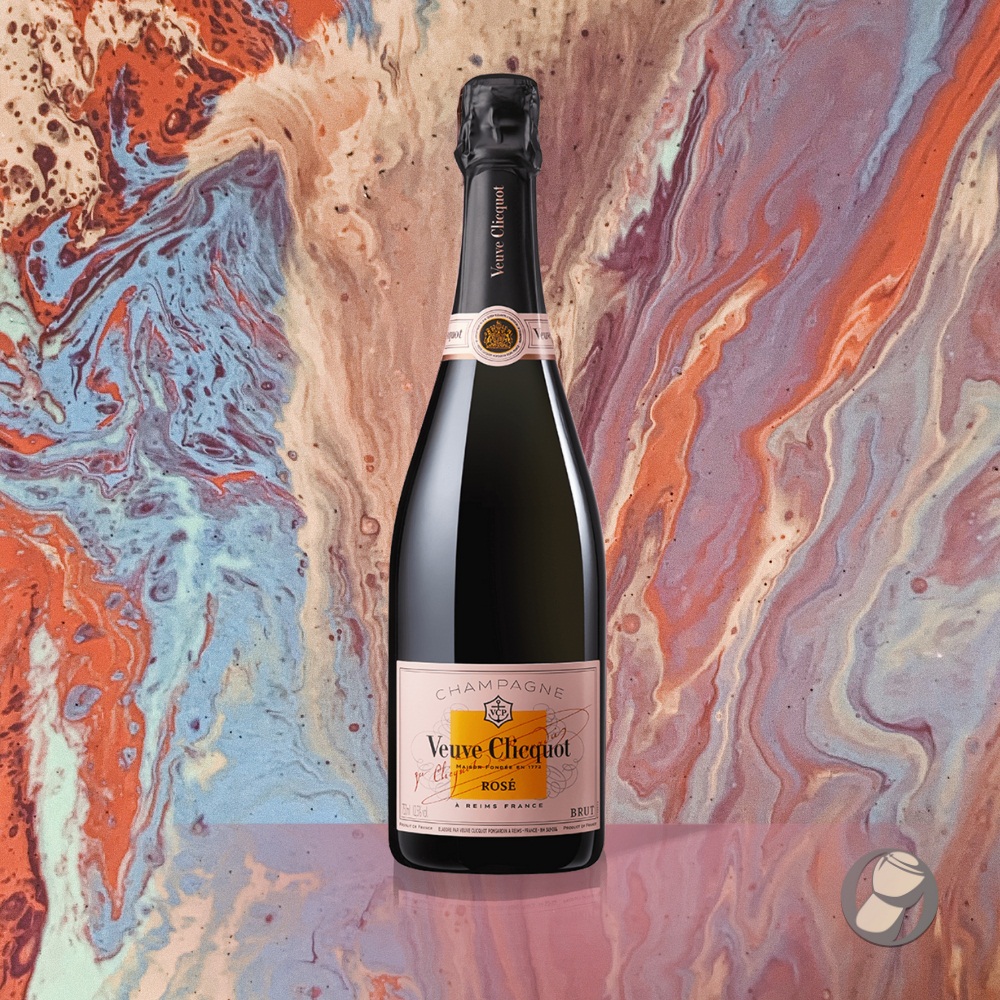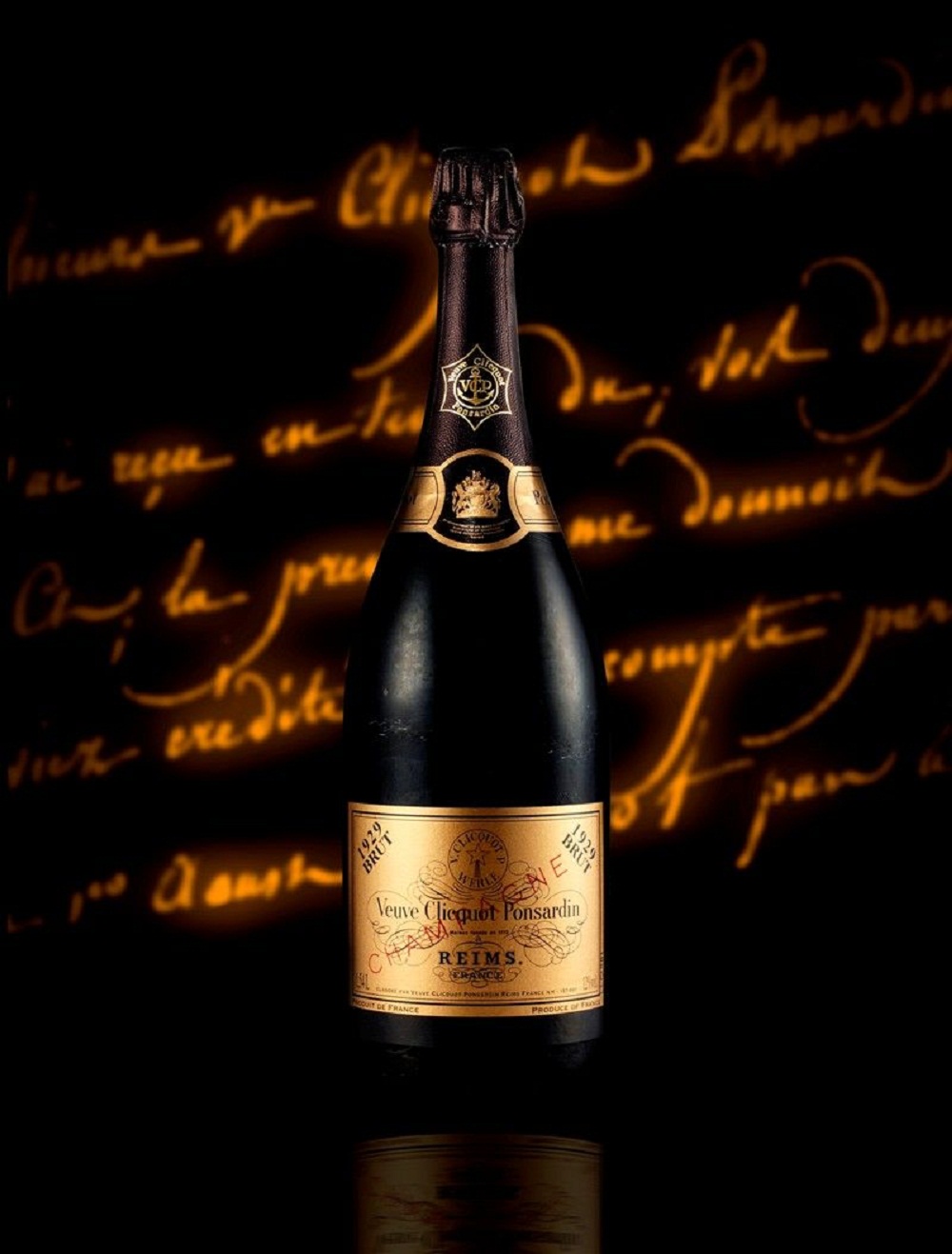Celebrate with our hand-curated Top Ten of the world's finest champagnes, savour their unique history and distinct growing locations, and enjoy the delicate variety of grape blends and enduring ethos surrounding each of these iconic Champagne Houses.
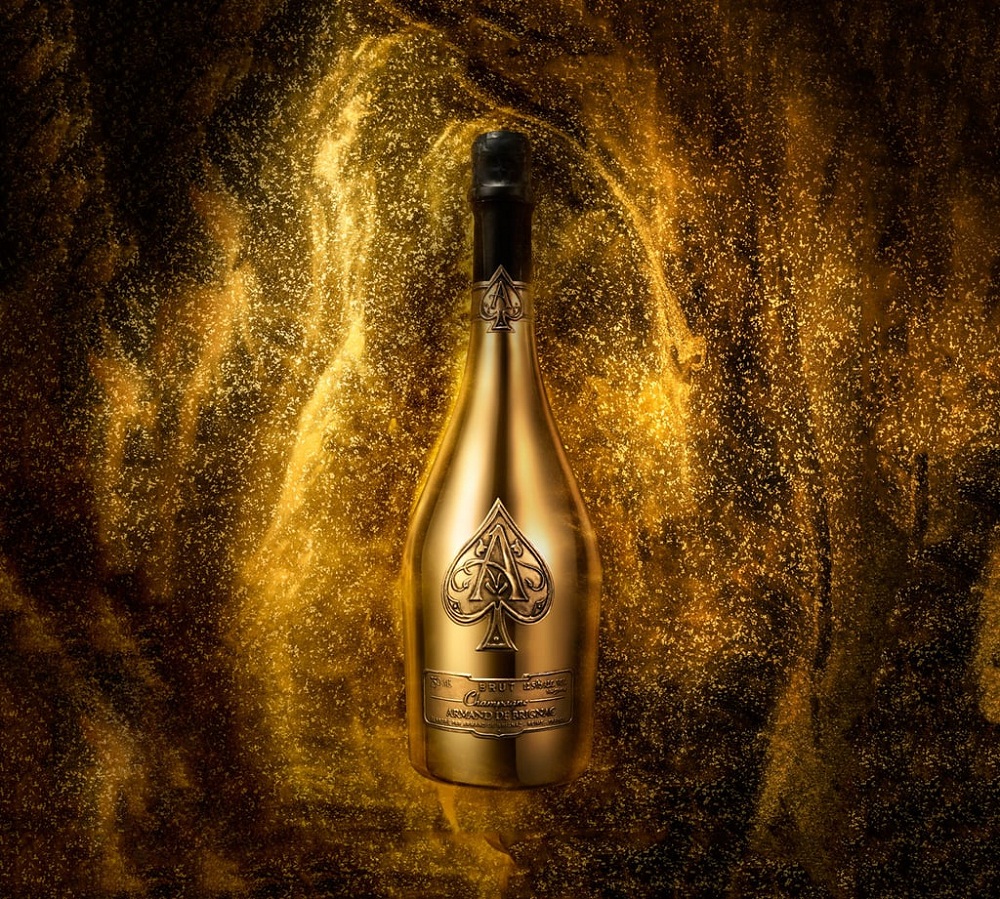
1. Ace of Spades by Armand De Brignac
A touch of celebrity never hurts, as seen with this one - Ace of Spades. Owned by Jay-Z and produced by the Cattier family, now in their 12th and 13th generation of the champagne business, success swiftly followed. Ace of Spades does not produce vintage champagne editions, but instead blends grapes from different years, with the exact combination varying from year to year.
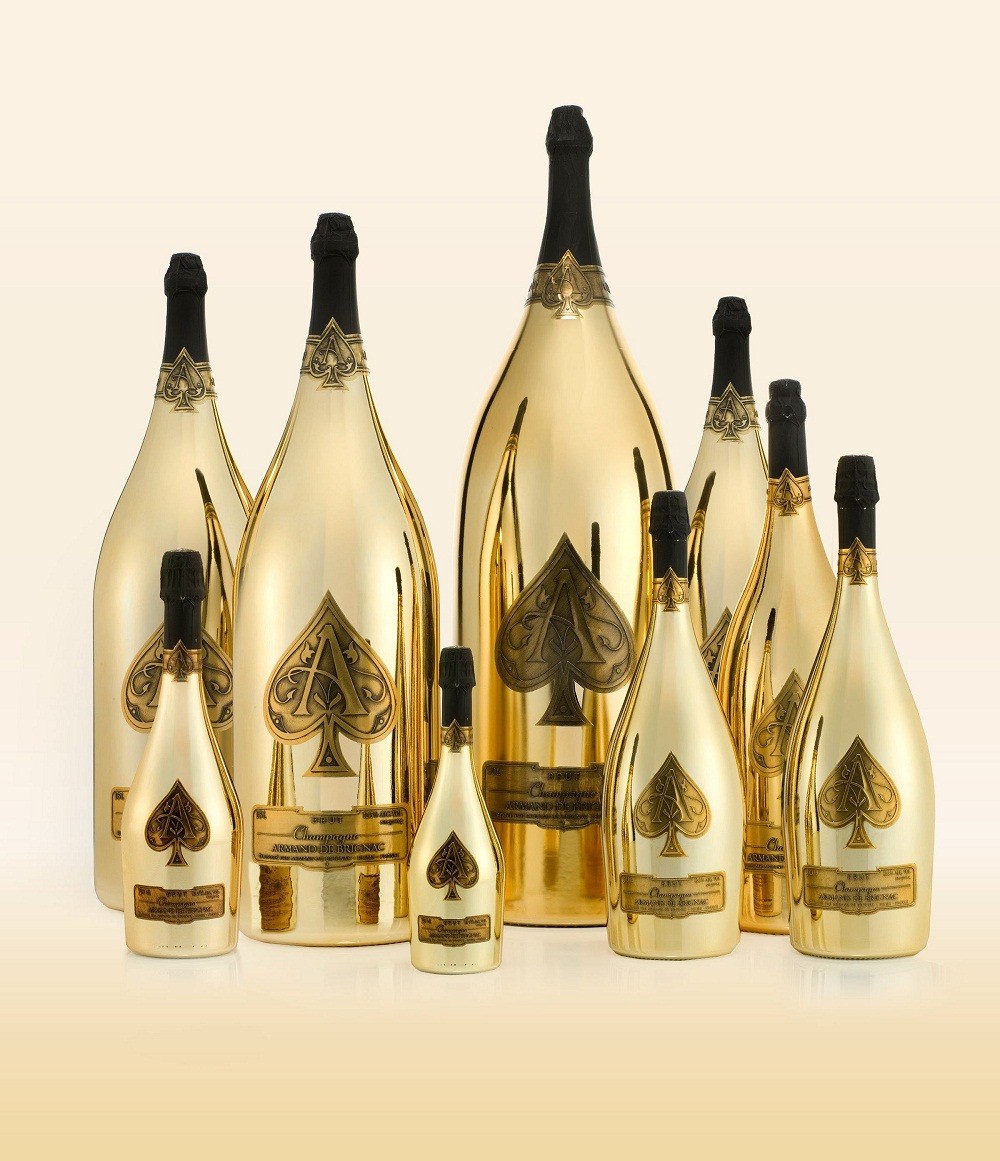
The grape blend is an even three-way blend between Chardonnay, Pinot Noir, and Pinot Meunier, with the aim to achieve a consistent and well-balanced product. Each release ages in oak casks for at least one year before bottling, which creates the slight toasty, vanilla, and pastry hints the label is known for.
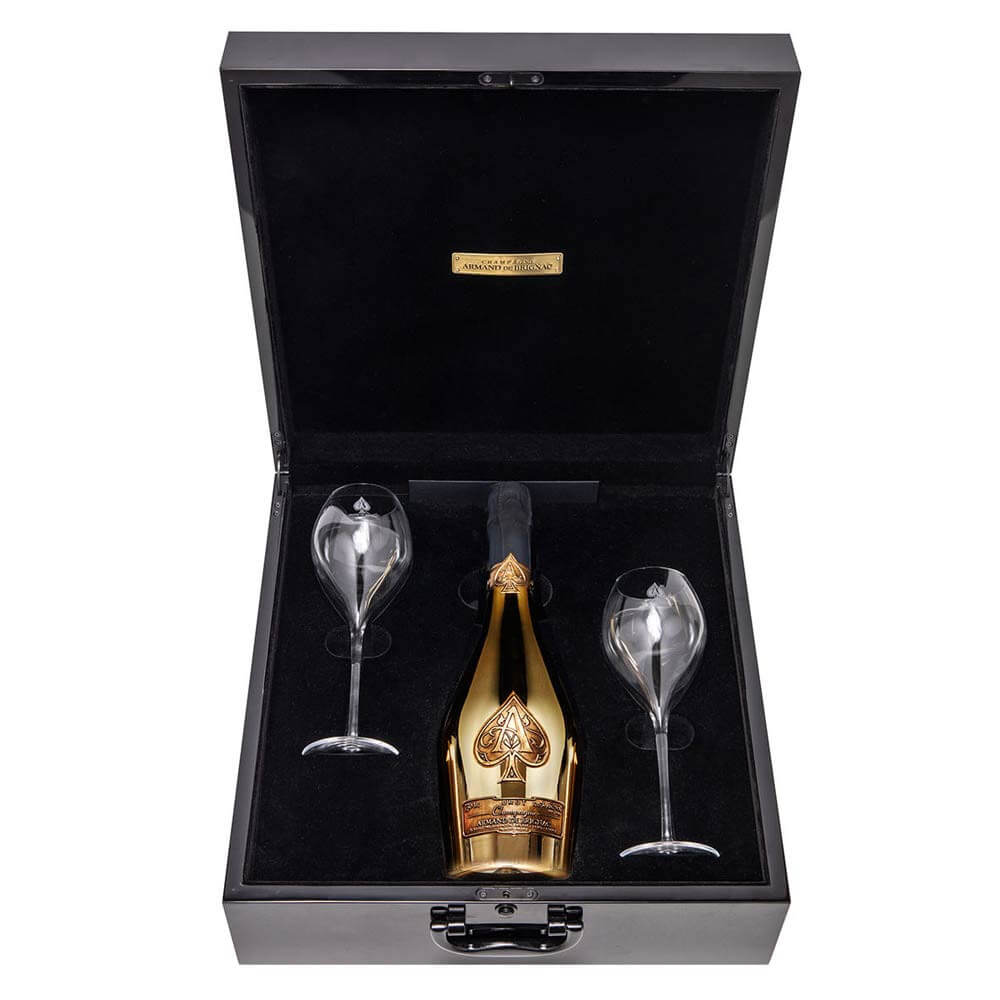
2. Bollinger
Founded in 1829, Bollinger distinguishes itself with some of the best vineyards and the production of some of the highest quality Champagne in the world. Most of their terroirs rate either as Grand Cru or Premier Cru. They grow mostly Pinot Noir, which then forms the backbone of all of Bollinger Champagnes.
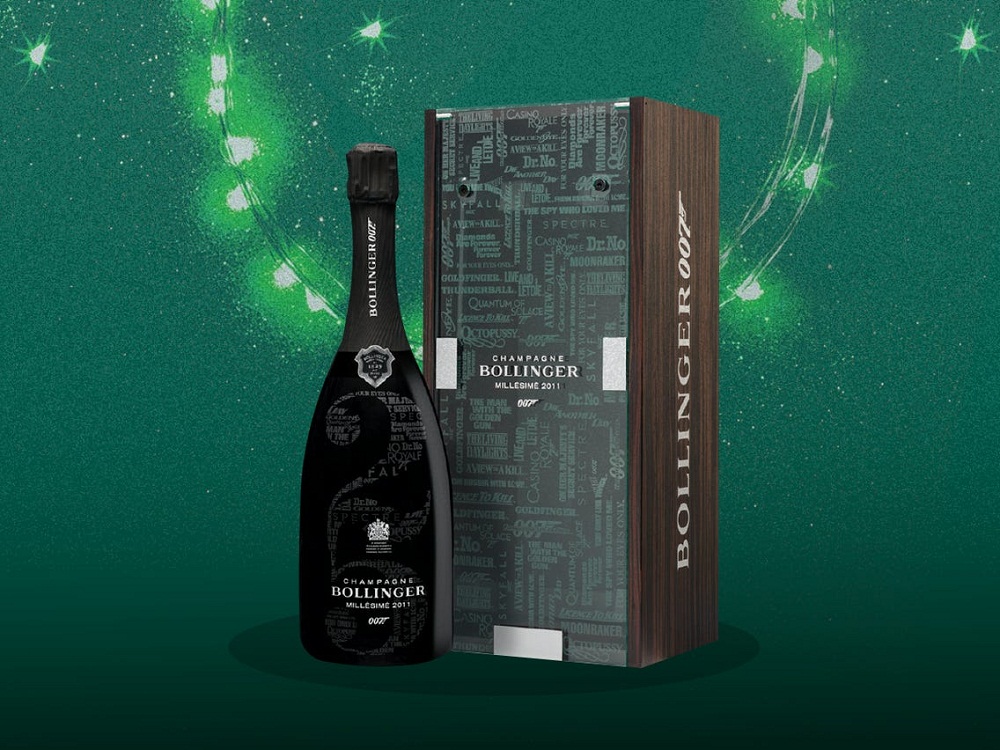
The combination of Pinot Noir grapes and the specific ageing process produces champagnes known for their depth and complexity. Each bottle combines delicate fruit flavours with notes of rich spices and mineral complexity, and a slightly saline finish. The recognised great years for Bollinger are 1996, 2002, and 2008.
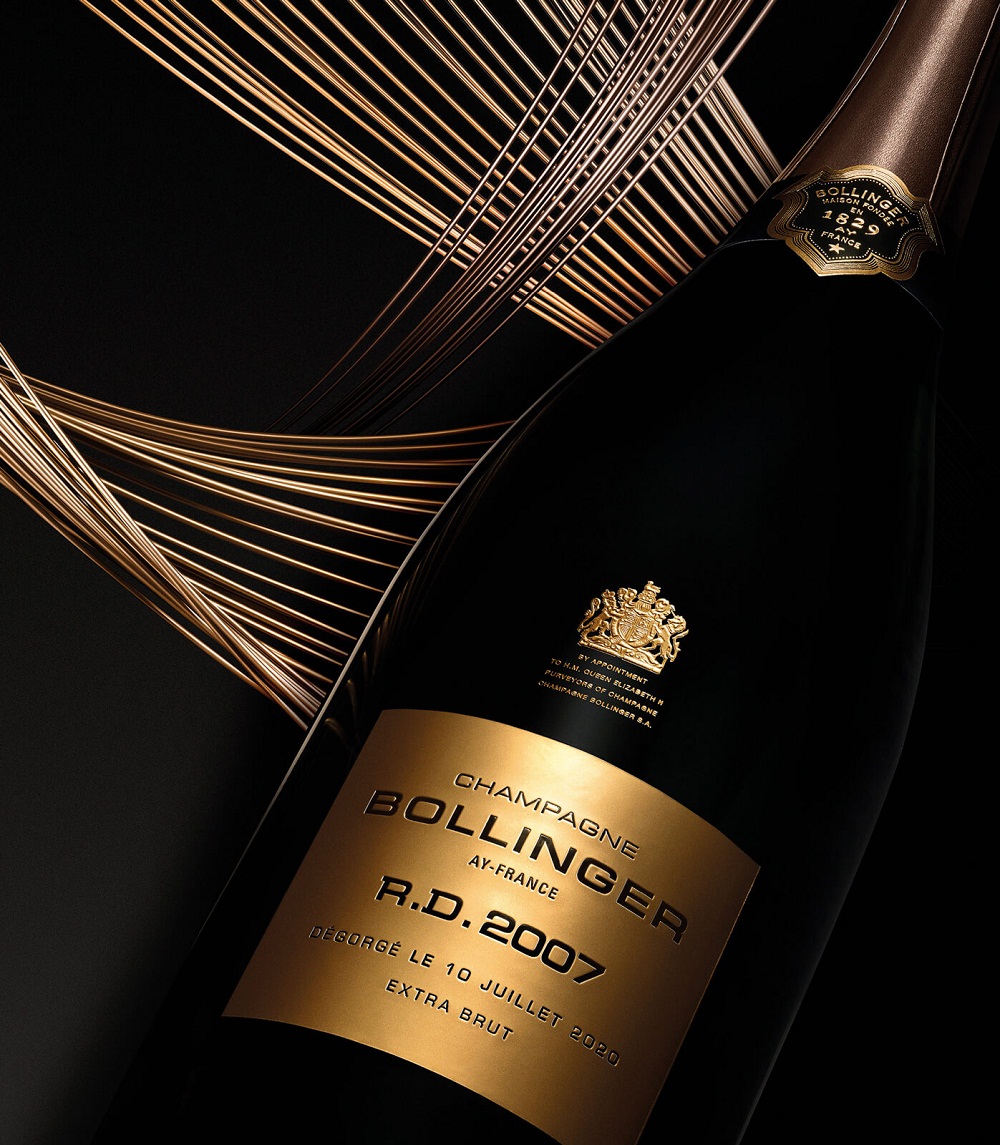
3. Dom Perignon
Dom Perignon is produced by Moét & Chandon, a member the LVMH powerhouse group of luxury companies. It is recognised as delightfully complex, worthy of its status as one of the world’s first Prestige Champagnes. Dom Perignon’s vineyards are rated Grand Cru or better, because of their distinctive chalky mineral content that adds texture and depth to the grapes.
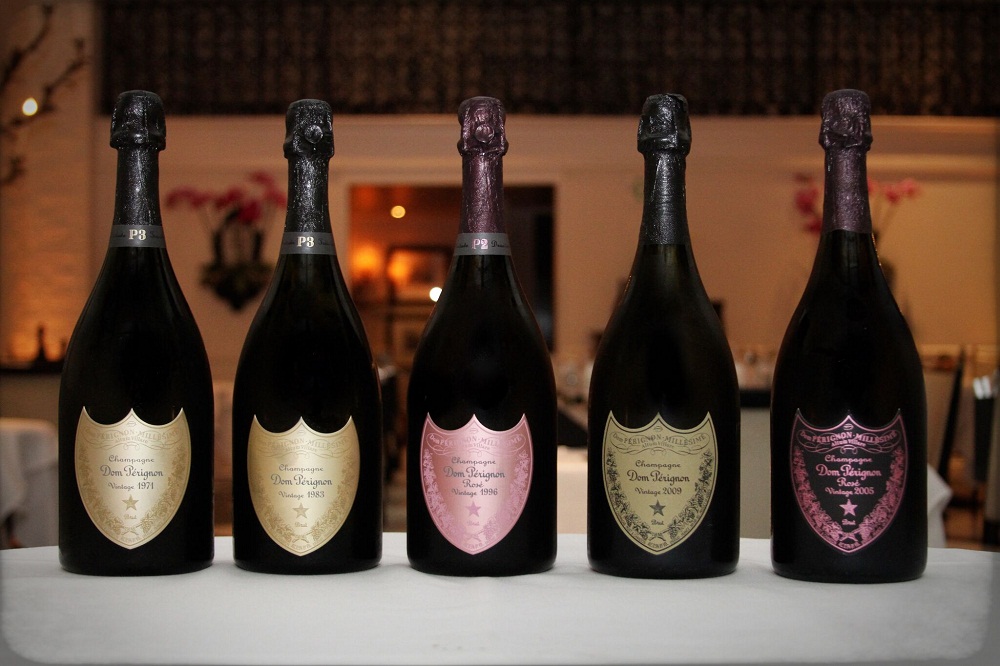
More specifically, its grape blend is a combination of Pinot Noir and Chardonnay, with the final composition changing with each vintage. Sometimes, the blend is perfectly equal in its proportions, while other times the percentages round out to 60% Chardonnay and 40% Pinot Noir, or 40% Chardonnay 60% Pinot Noir. As with many French Champagnes, Dom Perignon did very well in 2002 and 2008. For a slightly older vintage still in it’s prime, Dom Perignon 1996 is one of the best.
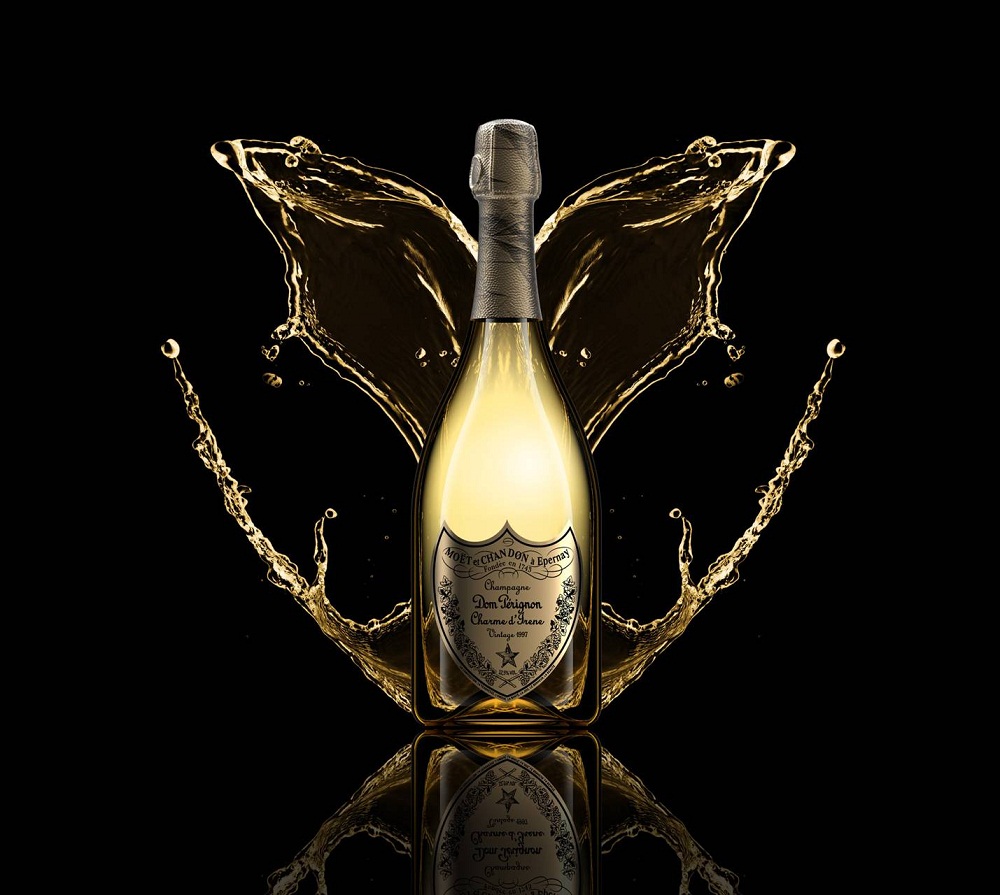
4. Krug
Krug maintains meticulous standards at every level of the process. Each cask comes from a fine-grain, old wood oak - typically at least 200 years old - and Krug requires an additional three years of dry seasoning before it is considered suitable.
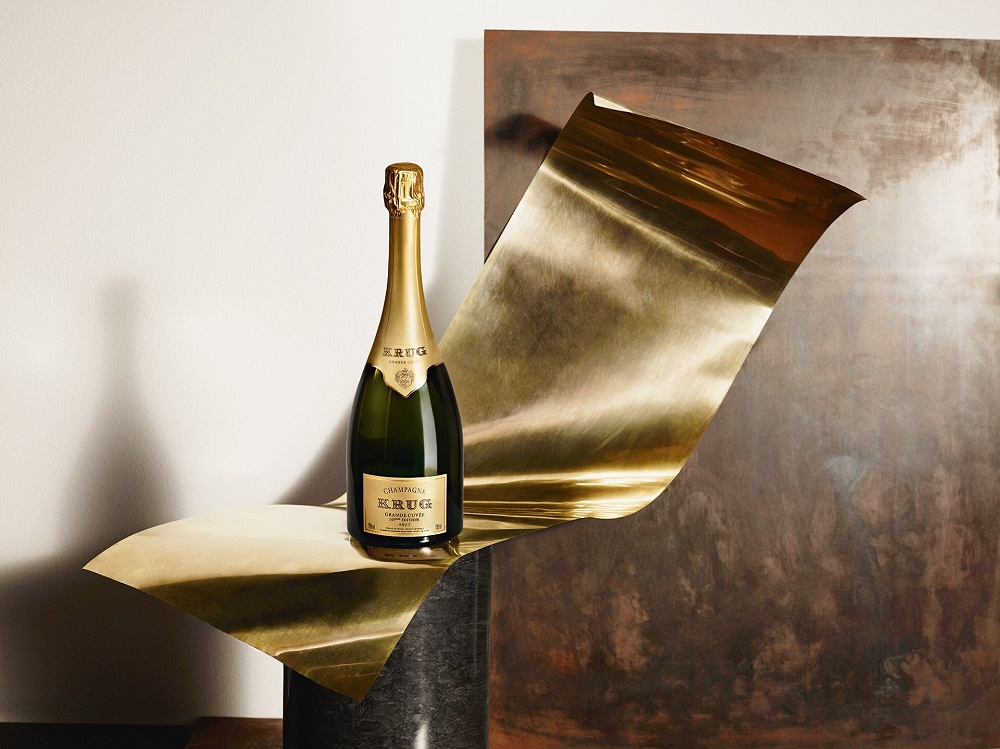
The 2002 Krug's first vintage wine of the new millennium benefited from the ideal weather conditions that defined the year. It offers a good representative bouquet, with orange notes balanced with licorice and hints of chocolate.
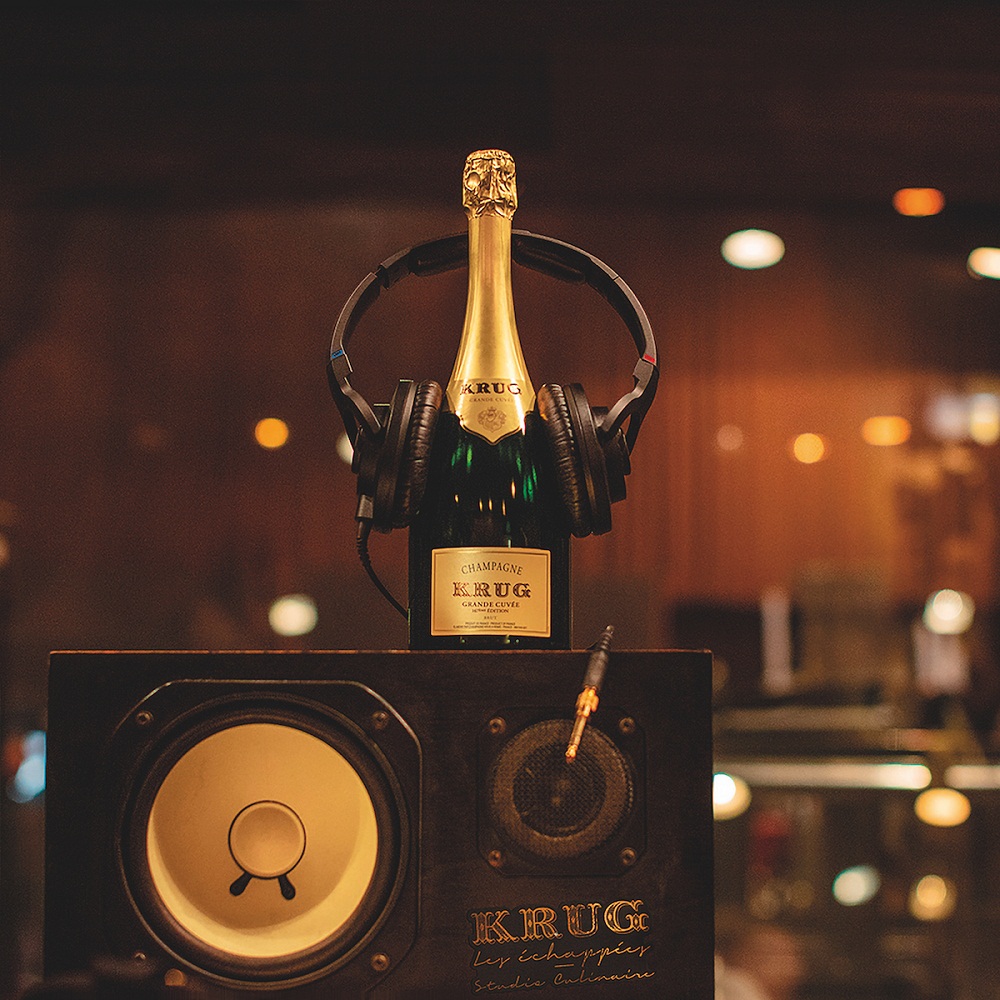
5. Moët & Chandon
Founded in 1743, Moët & Chandon has offered exclusive winemaking savoir-faire and an innovative and pioneering spirit. The 1,190 hectares of rich limestone soil, 50% of which is classed as Grand Cru and 25% Premier Cru, make up the largest vineyard area in Champagne. The Moët & Chandon cellars extend for more than 28 kilometres underground, forming a subterranean labyrinth with optimum conditions of humidity and temperature.
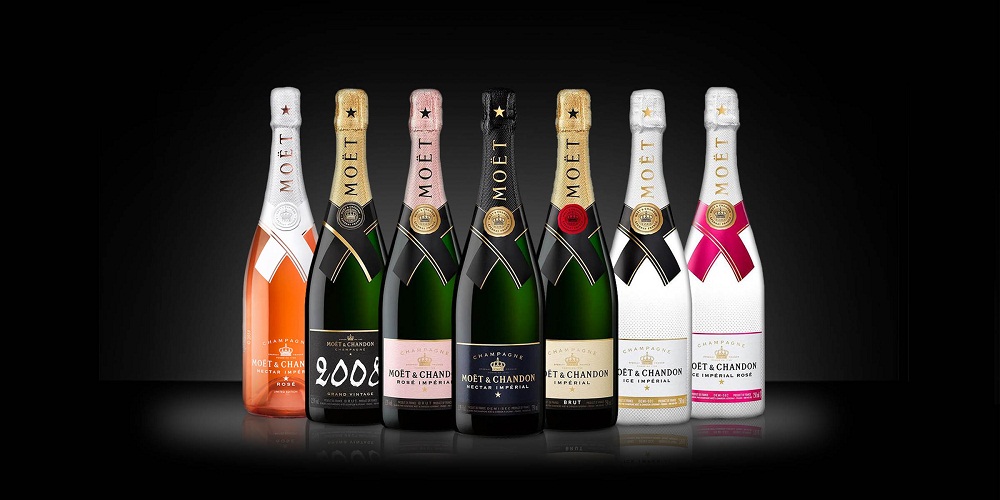
As the House's signature cuvée, Moët Impérial is its most universal expression. This Champagne is a perfectly executed blend of over 200 crus, fusing the full body of Pinot Noir with the suppleness of Pinot Meunier and the finesse of Chardonnay.
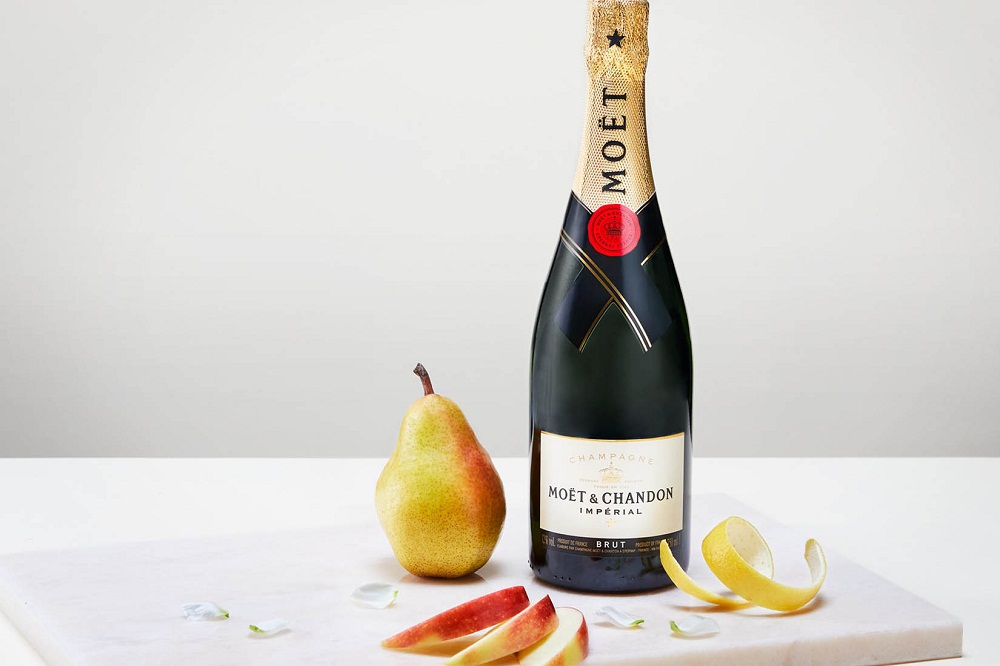
The House recently also pioneered once more by developing a revolutionary Champagne - Moët Ice Impérial, the first Champagne to be enjoyed over ice, in large glasses that have been specially designed to reveal all of its subtlety.
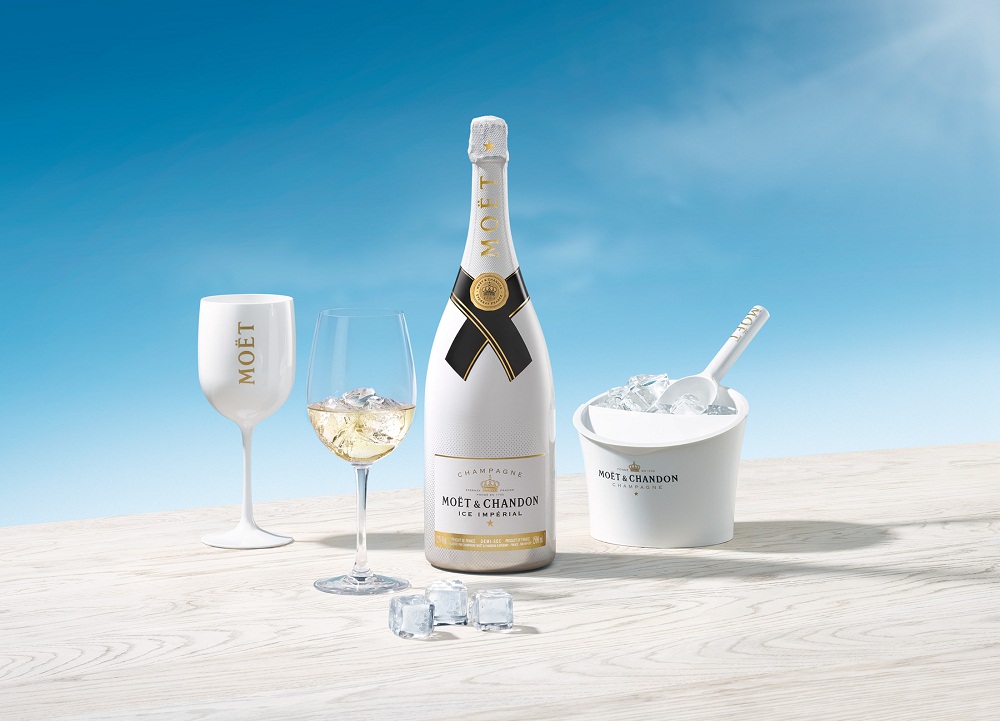
6. Perrier Jouet
Perrier Jouet is known as one of the most consistent Champagne brands over time, in part because the head of their Champagne House has only changed hands seven times in 200 years of operation. Known for focusing on small-batch production and high-quality standards, Perrier Jouet vintage champagnes remain a special treat today.
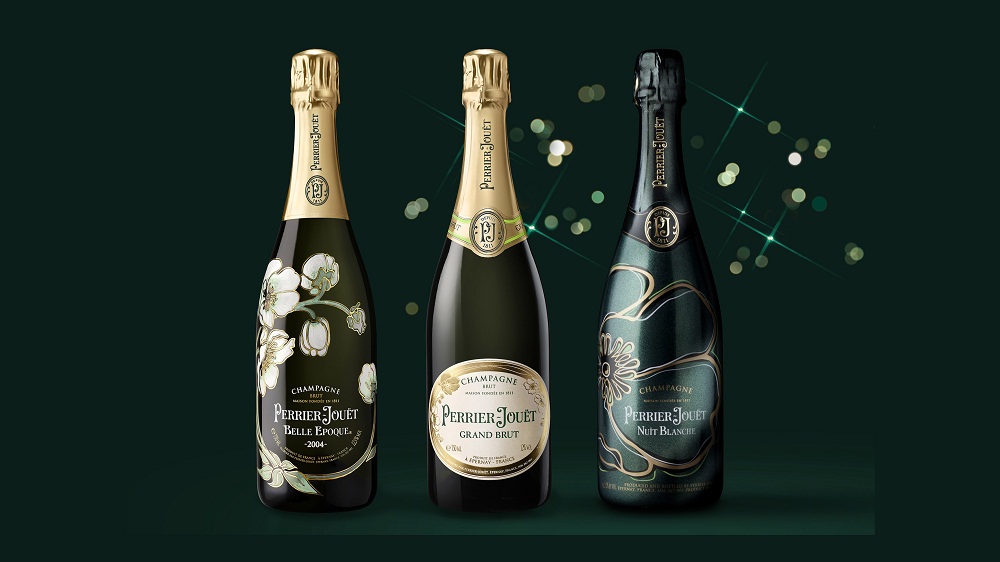
Perrier Jouet is produced from a grape blend of 20% Chardonnay, 40% Pinot Noir and 40% Pinot Meunier. The result is a precise, fresh, and somewhat floral Champagne, such as the Perrier Jouet Grand Brut, with its fragrances of white flowers, blended with fresh lemon and peach.
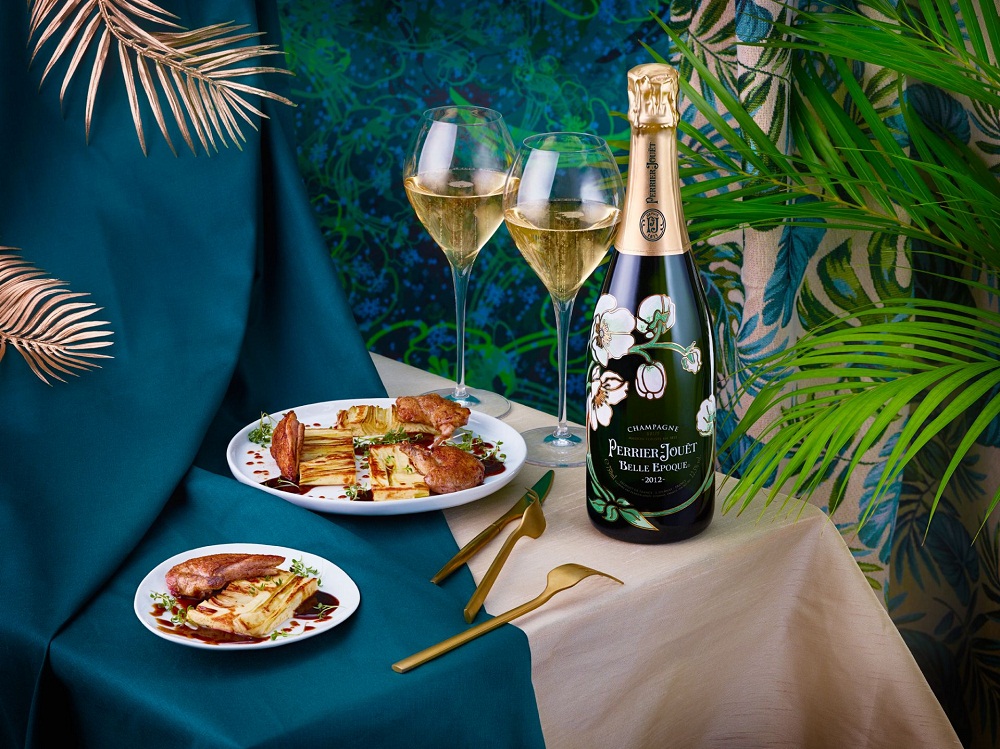
7. Pommery
Madame Pommery made history in 1868, when first braking ground on what would become known as the Pommery Vineyard and Champagne House. Now under the direction of Clement Pierlot, the 10th cellar-master of Pommery House, they continue to work with nature to provide the best in their fanous Champagnes.
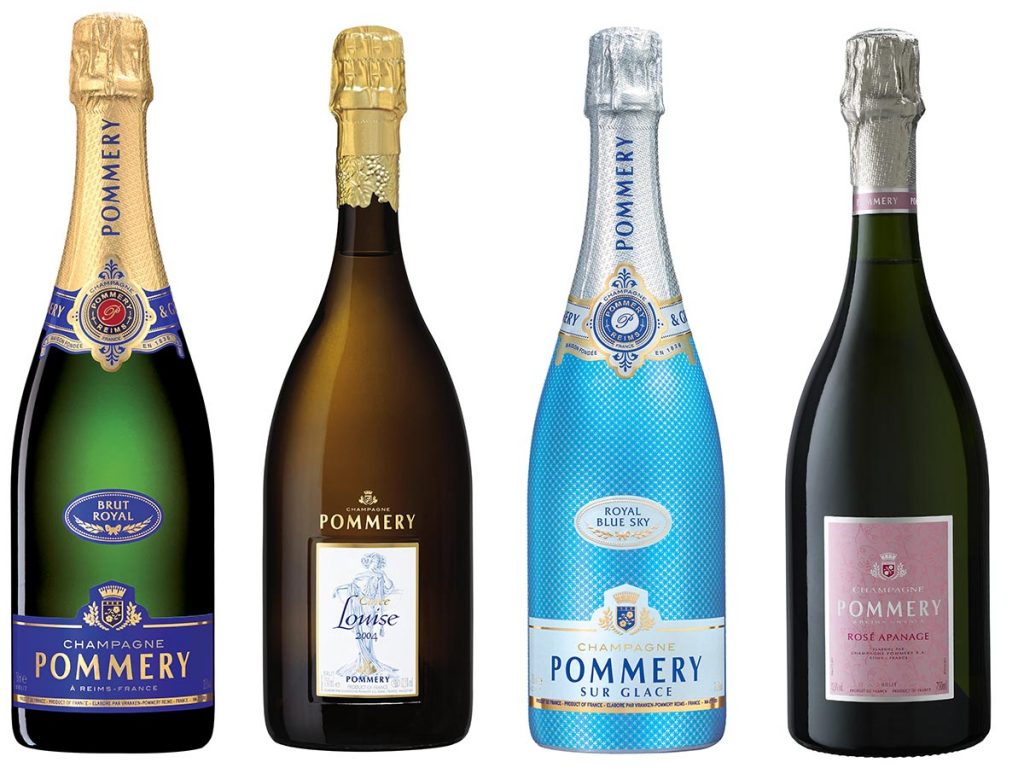
Pommery is actually a blend of 40 vineyards, from throughout the Champagne region of France. The three grape blend is made up of Pinot Noir, Pinot Meunier, and about one-third Chardonnay. This subtle blend is then aged in the cellars for about three years to develop a full aroma. It makes this Champagne a brand that is consistent by focusing on maintaining certain qualities, rather than enhancing vintages in their blends.
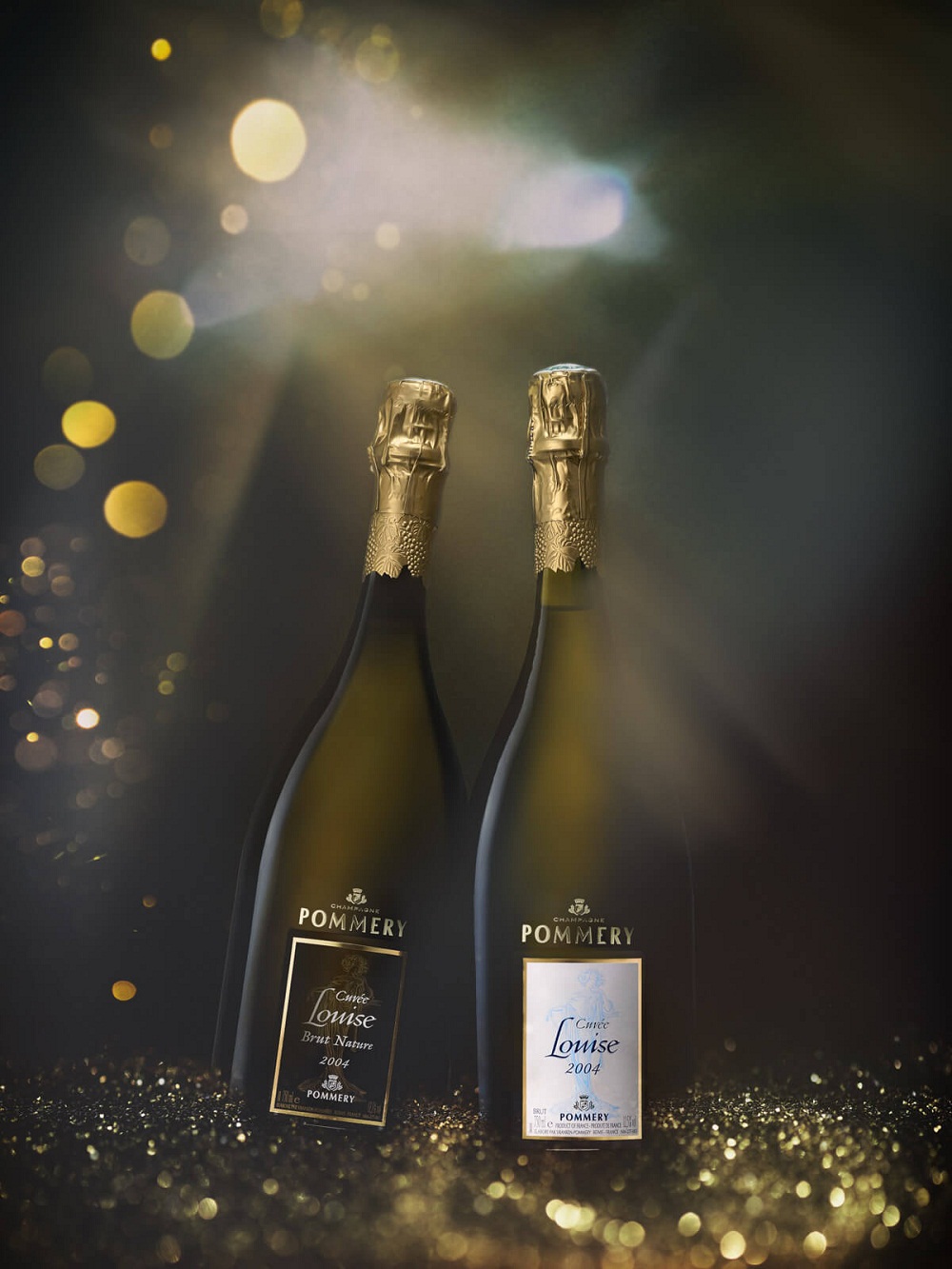
8. Ruinart
Ruinart stands as the oldest Champagne House in the world, now owned by the LVMH group, and is a thriving part of the French luxury brand powerhouse. They offer four cuvées, all of them aimed at small market speciality stores and consumers with a trained palate that can appreciate the intense subtlety and layering in their wine.
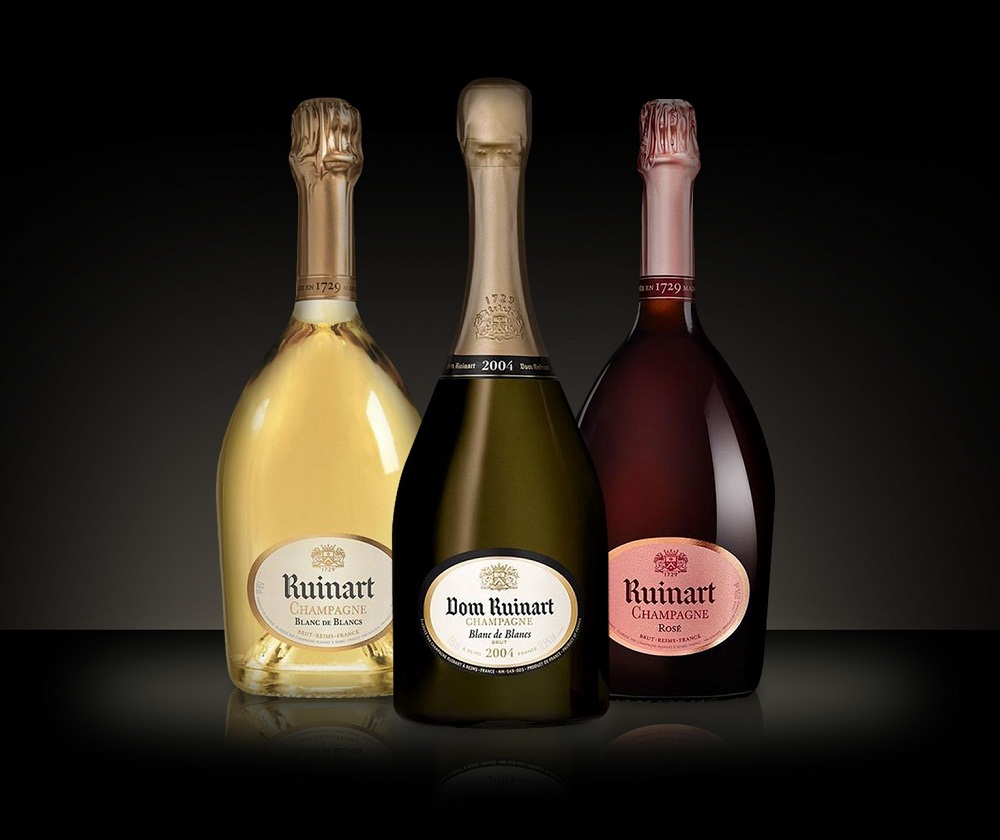
9. Taittinger
Established nearly a century ago, Taittinger comes from a family-owned operation and Champagne House, passionate about taking the ego out of making Champagne, and focusing instead on the quality of the vines, grapes, and wines.
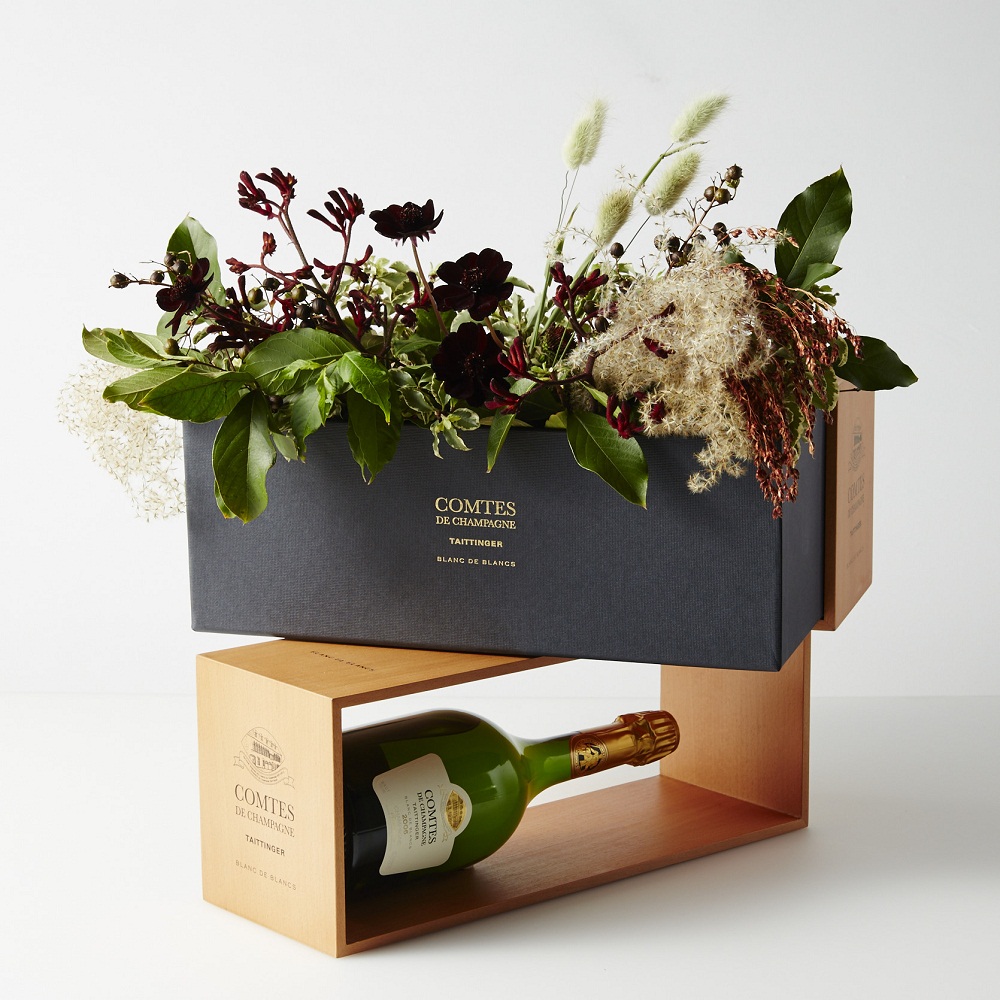
The grapes for Taittinger come from over 35 different villages in the Champagne region, and are typically blended in a combination of 40% Chardonnay, 35% Pinot Noir, and 25% Pinot Meunier. Such a relatively higher proportion of Chardonnay is unique among fine non-vintage Champagnes.
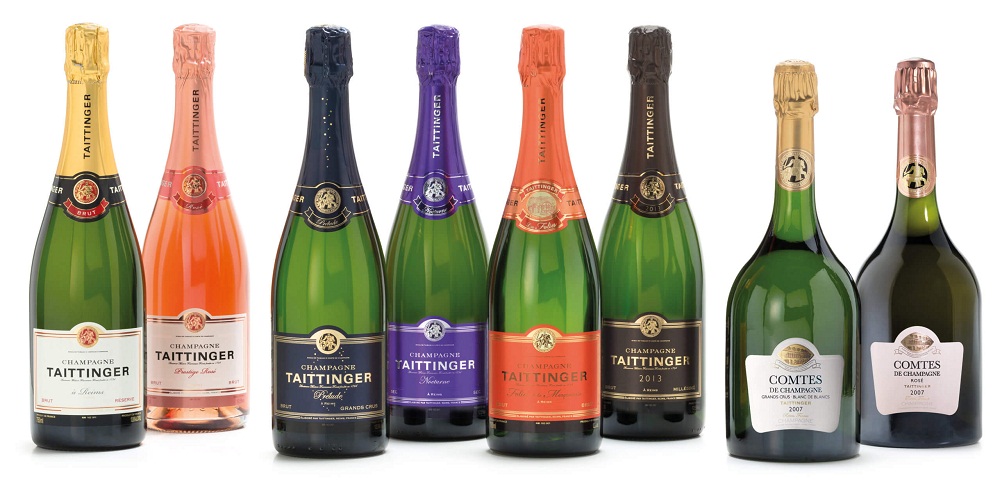
The presses for each wine are in the vineyard, which allows for the immediate pressing of the fruit after the manual harvest. This technique makes for an extra flavourful product, often with hints of fresh fruit and honey with white flowers and vanilla creating a nuanced, layered blend.
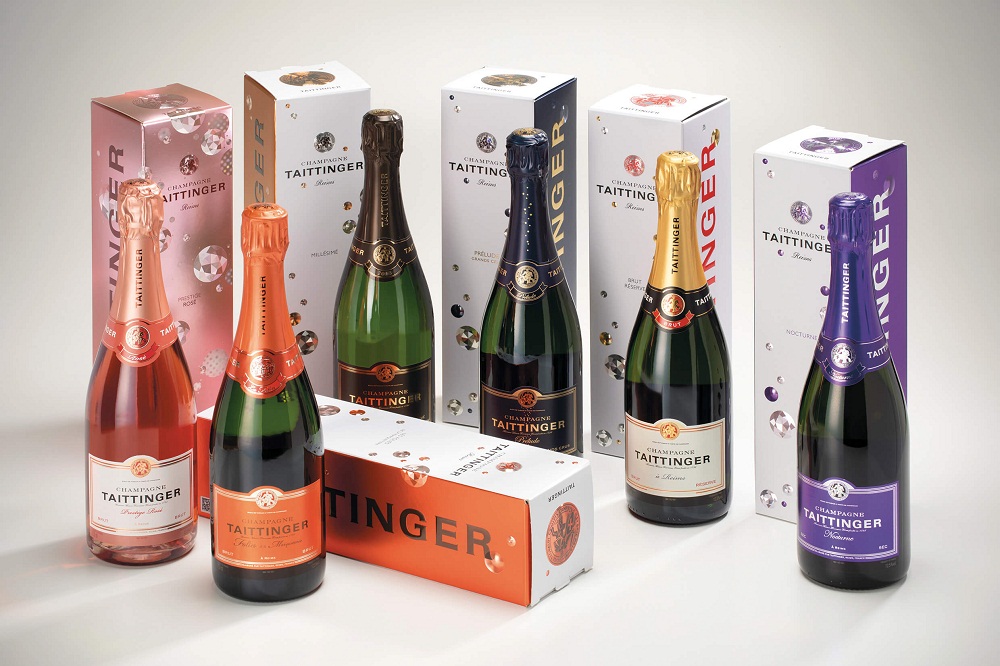
10. Veuve Clicquot
Founded in 1775, Veuve Clicquot Champagne House is old enough to have seen and survived the French Revolution. Known to be delicately nuanced and bursting with complex flavour, Veuve Clicquot Yellow Brut is a distinctive treat, with grapes used coming from as many as 50 to 60 different vineyards.
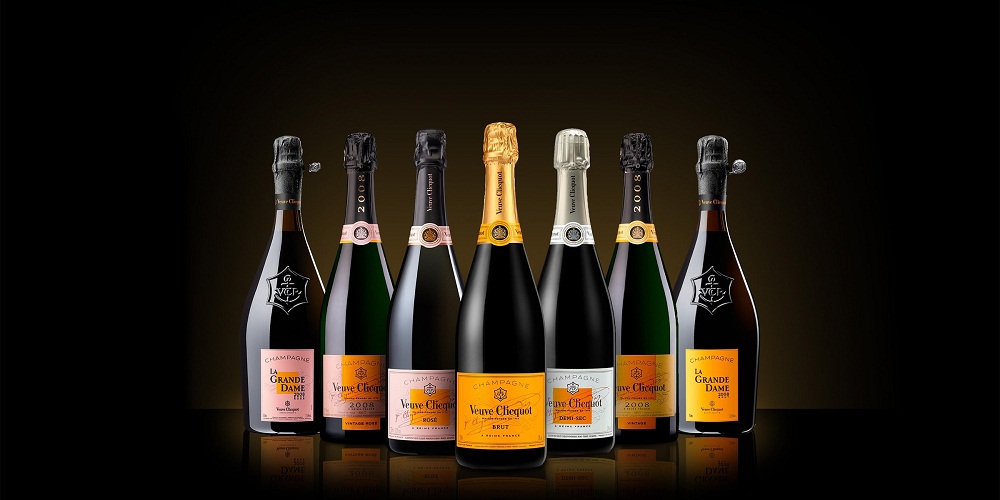
Traditionally, the proportion of each grape variety used is 50 to 55% Pinot Noir, 15 to 20% Pinot Meunier, and 28 to 33% Chardonnay. And while many prefer Veuve Clicquot La Grande Dame – especially the 2004, 2006, and 2008 vintages - Veuve Clicquot Ponsardin Cave Privée Brut from 1990 is the shining star.
